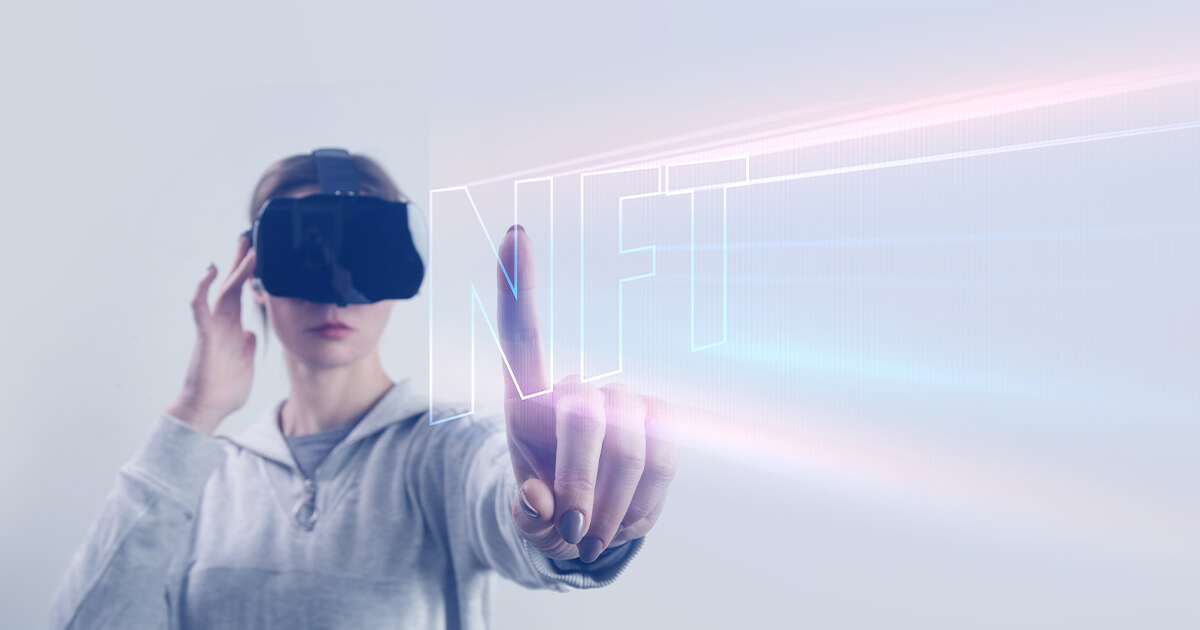New stuff is awesome, but new stuff tends to carry some luggage. Saying to individuals that they should be mindful about their carbon footprint and reduce waste is cool, but the real change lies in the companies. Being sustainable and mindful, advocating for renewable energy, and practicing asset and material reuse is the way to go!
New things often make us look the other way when it comes to that. It’s new, it’s exciting! Before we start thinking about how to make things better, we first have to learn about them. So, that’s why we have to take a look at sustainability of NFT.
A single transaction on the Ethereum platform consumes an amount of energy equivalent to the power consumption of an average U.S. household over 5.51 days.
Even though we could say the ‘boom’ is over due to the fluctuations in transaction volume, the number of NFT buyers and sellers is growing. That’s why the concerns regarding the climate and environmental impact of the energy-intensive methods used to generate NFTs (called minting) and build metaverse ecosystem are legitimate.
A single transaction on the Ethereum platform consumes an amount of energy equivalent to the power consumption of an average U.S. household over 5.51 days and generates a carbon footprint equivalent to 201,577 Visa transactions or 15,158 hours of Youtube. These statistics can make your head spin. NFT is energy-exhaustive because they are hosted on blockchain platforms. Minting and transferring of NFTs is possible via the blockchain platform, as every transaction is recorded, and both processes are very energy intensive.
The good thing is that the blockchain platforms realize that environmental implications and are working extensively on changing their platforms to reduce energy consumption. There are also other platforms that already use greener practices, and many NFT projects are actually based on helping combat climate change and environmental concerns.





